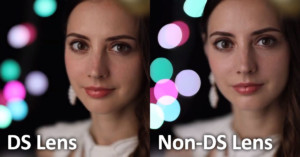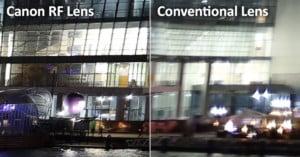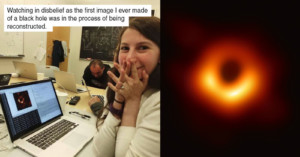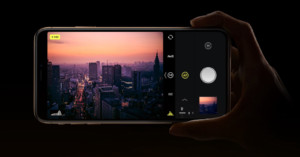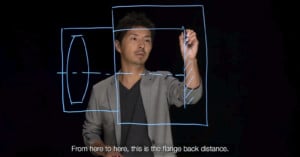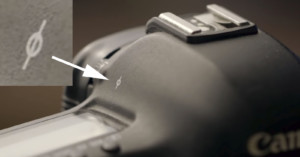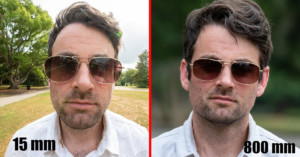
Imaging Resource Founder Shares the Tale of His Site’s Untimely Demise
After wondering why the Imaging Resource (IR) was seeing so few updates recently, a number of people noticed that it seemed to have vanished from the internet as of sometime last Friday, May 5. Had another "OG" photo review website bitten the dust?







